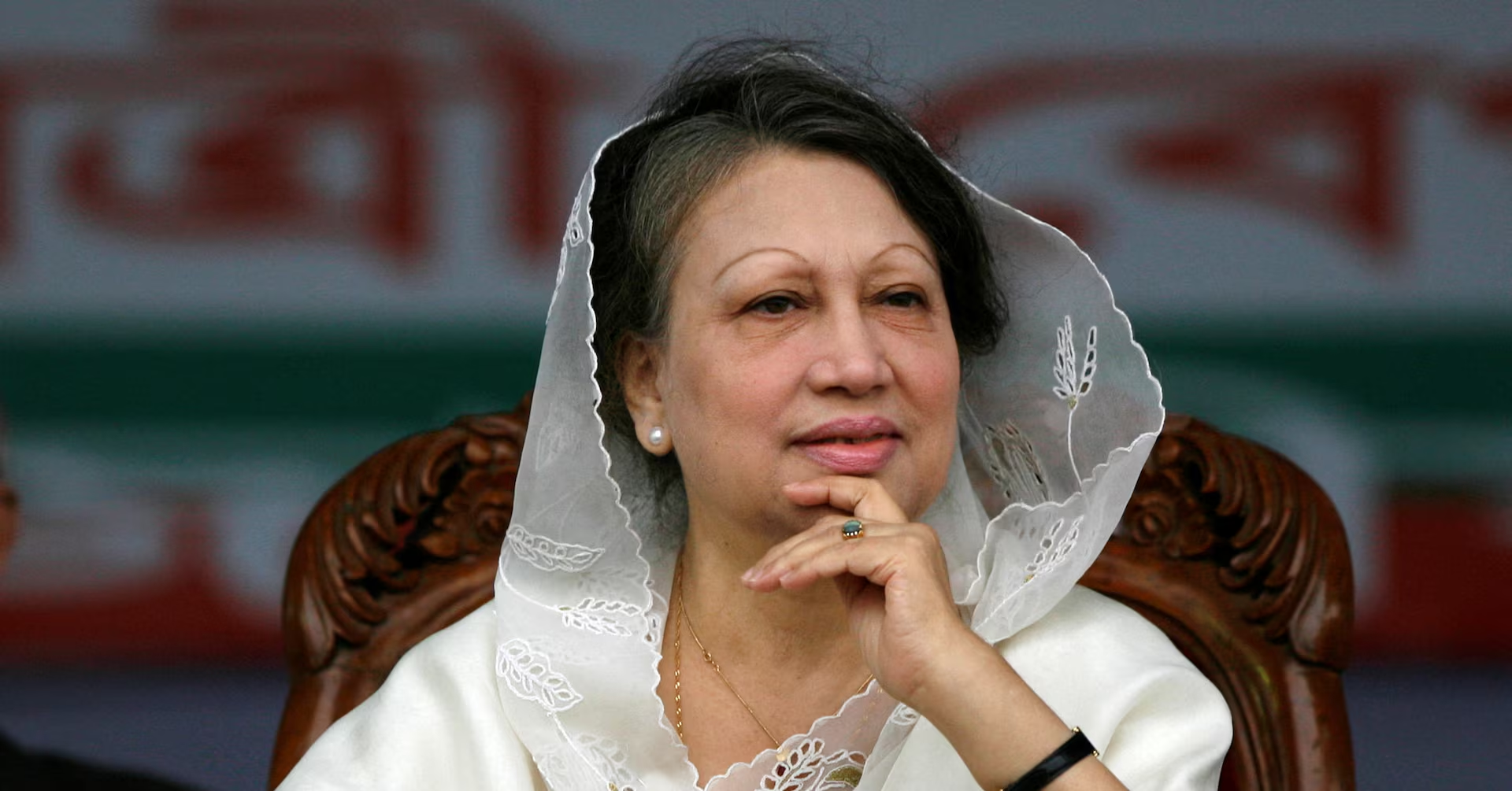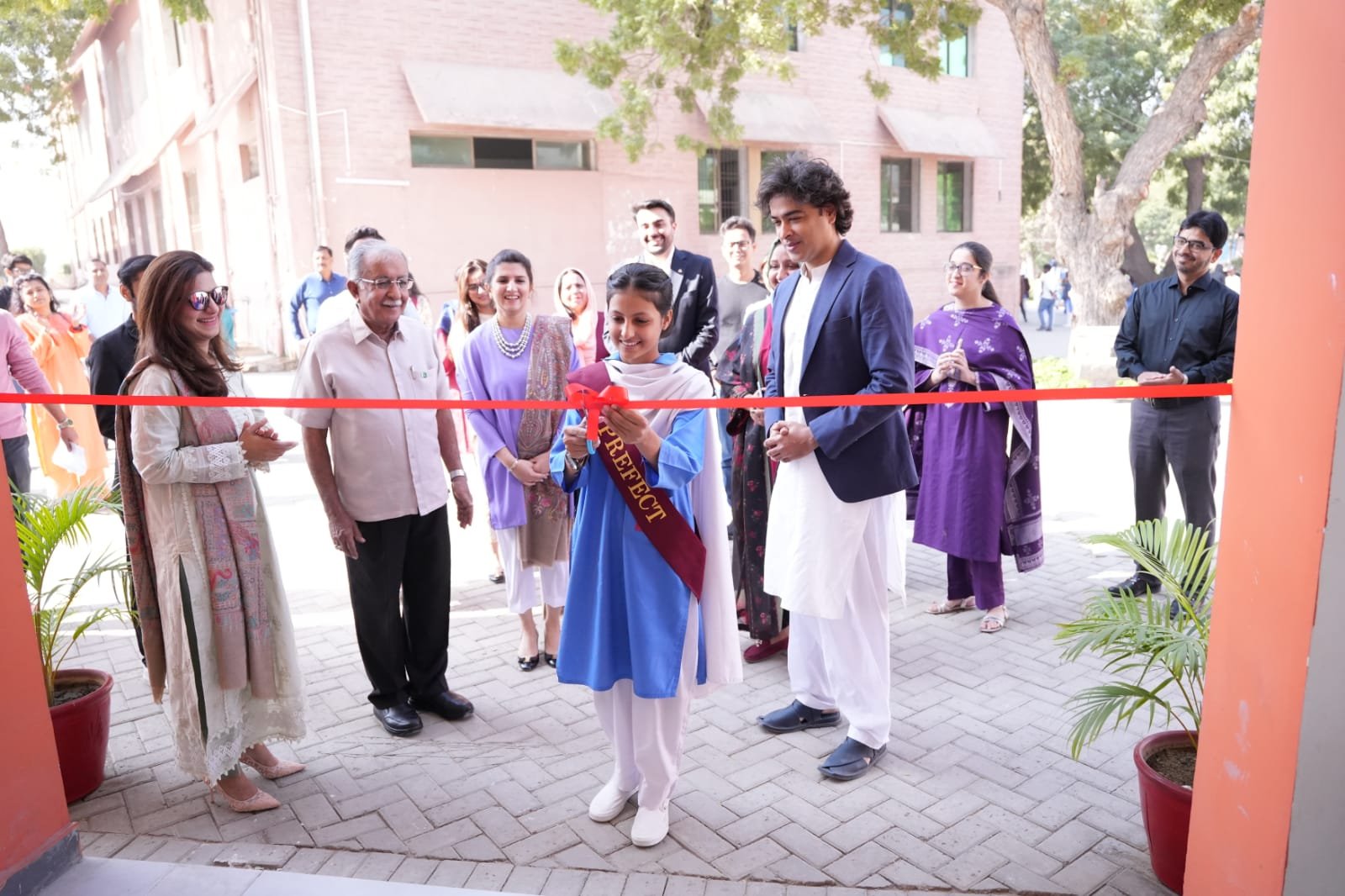In a major stride toward technological modernization, the Federal Board of Revenue (FBR) has unveiled Pakistan’s first-ever Artificial Intelligence (AI)-based Customs Clearance and Risk Management System (RMS). This landmark development, announced by Prime Minister Muhammad Shehbaz Sharif during a high level review meeting, marks a transformative shift in how the country manages its tax and customs infrastructure. The launch of this cutting-edge system is not only a technological achievement but a strategic step to improve governance, foster transparency and ease the business environment across Pakistan.
Traditionally, customs clearance has been marred by bureaucratic delays, inefficiencies and inconsistent assessments often hampering trade and causing frustration among importers, exporters and officials alike.
The introduction of the AI-powered RMS seeks to overturn this legacy by replacing much of the human dependent processes with intelligent automation.
At the heart of this transformation is the use of AI and bots to assess the nature and value of imported and exported goods. The system employs machine learning algorithms that evolve over time, continuously improving their accuracy and operational efficiency.
Early testing has shown remarkable results system performance has improved by 92%, while tax determination through Goods Declarations (GD) has increased by 83%. Additionally, green channel clearances have more than doubled, highlighting the potential of this reform to revolutionize trade facilitation.
This technology-driven approach does more than simply process paperwork faster it enhances transparency and fairness in customs operations. The automation of valuation and clearance significantly reduces the risk of corruption and arbitrary decision making, by minimizing human involvement. It curtails the discretionary power of officials making customs assessments more objective and reliable.
Prime Minister Shehbaz Sharif aptly described FBR reforms as a “top priority,” emphasizing that automation is not just a convenience but a critical step toward ensuring fairness in the tax system. “By automating the tax system, we are making it more transparent and effective,” he remarked. The Prime Minister further underscored that such technology based modernization would reduce the cost of doing business, improve compliance and provide a more predictable environment for local and international investors.
Importantly the RMS does not function in isolation. The Prime Minister also reviewed a new suite of video analytics based tax monitoring tools aimed specifically at the manufacturing sector. These tools are designed to track production processes through video surveillance and automated data analysis allowing for real time tax assessment without the need for direct human intervention. During pilot testing these systems showed an impressive 98% efficiency rate suggesting a substantial leap forward in FBR’s ability to monitor, document, and tax economic activity in high value sectors.
This reform drive is supported by key members of the federal cabinet, including Finance Minister Muhammad Aurangzeb and Information Minister Attaullah Tarar, alongside the FBR Chairman and senior officials. Their unified presence at the launch signals the government’s seriousness in pushing through comprehensive fiscal reforms.
Nevertheless, for these initiatives to succeed in the long run continued investment in technological infrastructure and capacity building within the FBR will be critical. AI and automation can only be as effective as the data they work with. Therefore robust data governance, cybersecurity measures and regular system audits must be institutionalized to safeguard the integrity and efficiency of the new systems.
Additionally, stakeholder engagement remains essential. Traders customs agents, and taxpayers must be educated and on boarded through awareness campaigns and training programs to ensure a smooth transition. Resistance to change and a lack of digital literacy could pose challenges that need to be proactively addressed.
In conclusion, the launch of the AI-based Customs Clearance and Risk Management System is a bold and visionary move that has the potential to redefine tax administration in Pakistan. It is a reflection of a broader shift towards digital governance, where data, algorithms, and automation can empower institutions to serve the public more fairly and efficiently. If implemented with the same vigor as it was designed this reform could well become a cornerstone of Pakistan’s economic revival and institutional strengthening in the 21st century.





